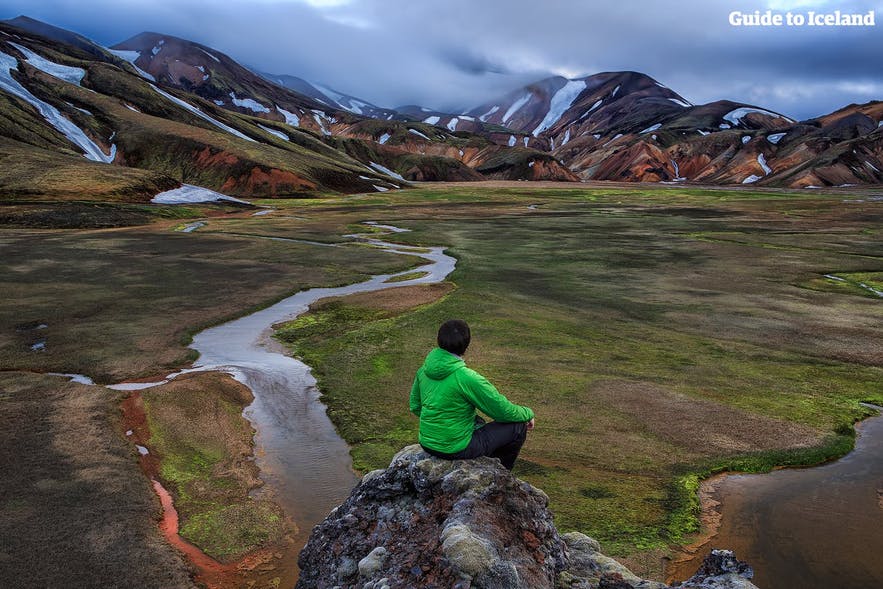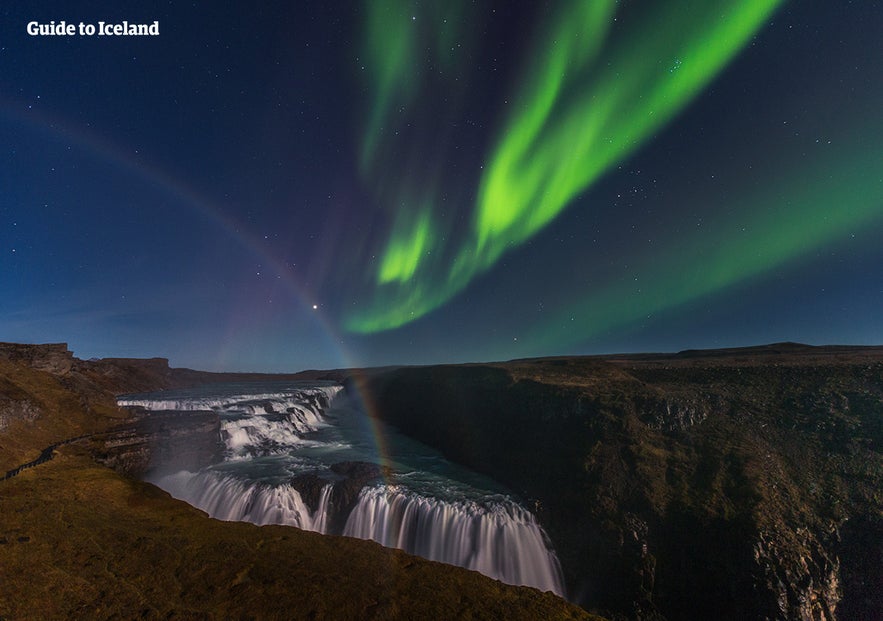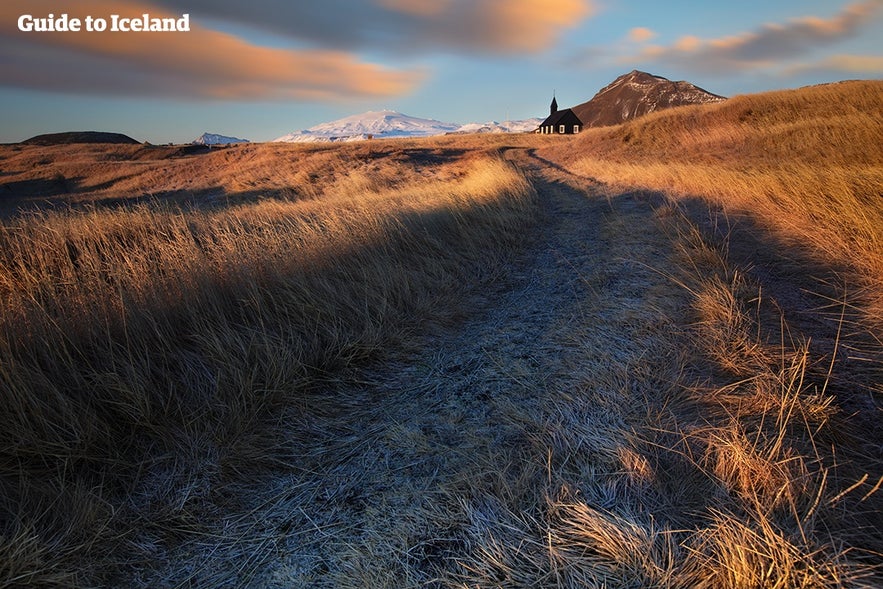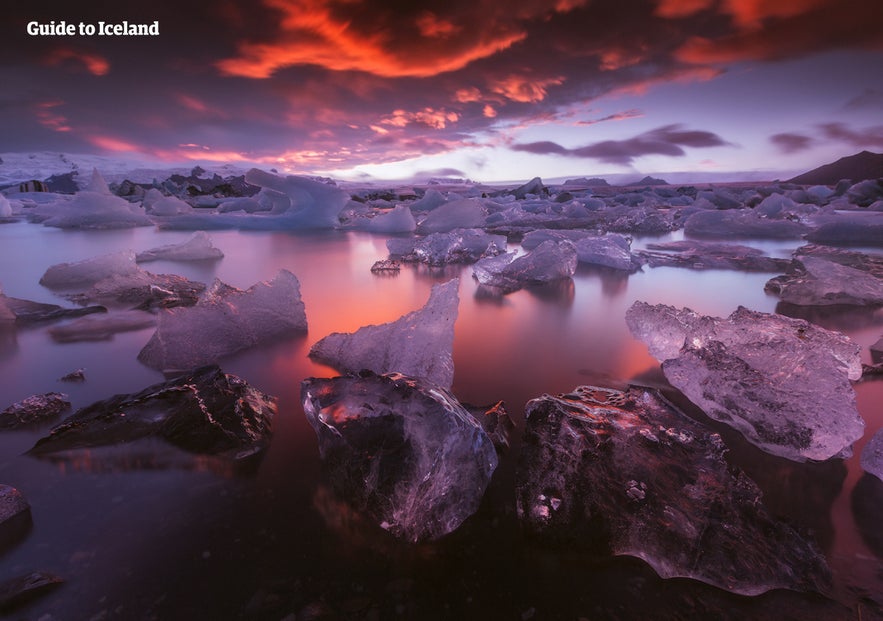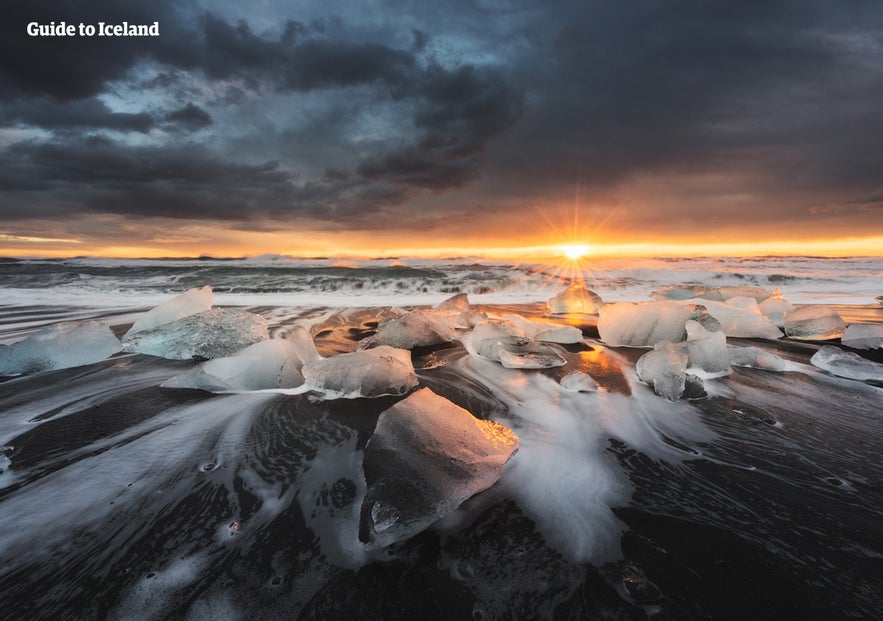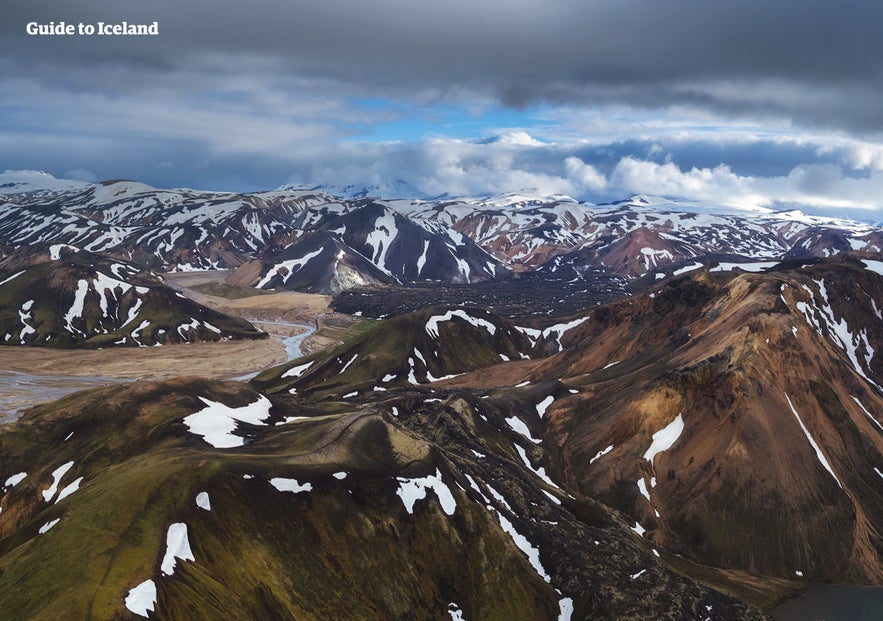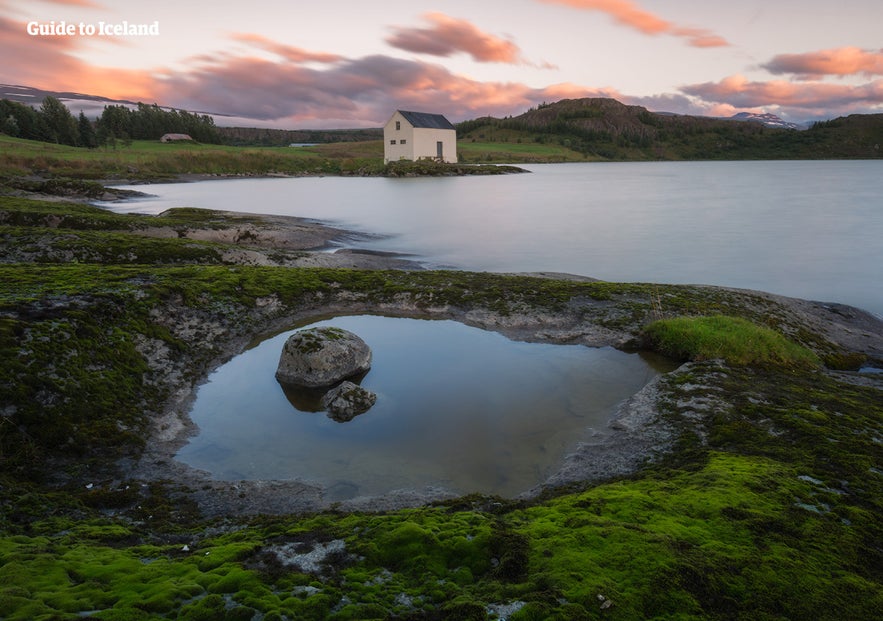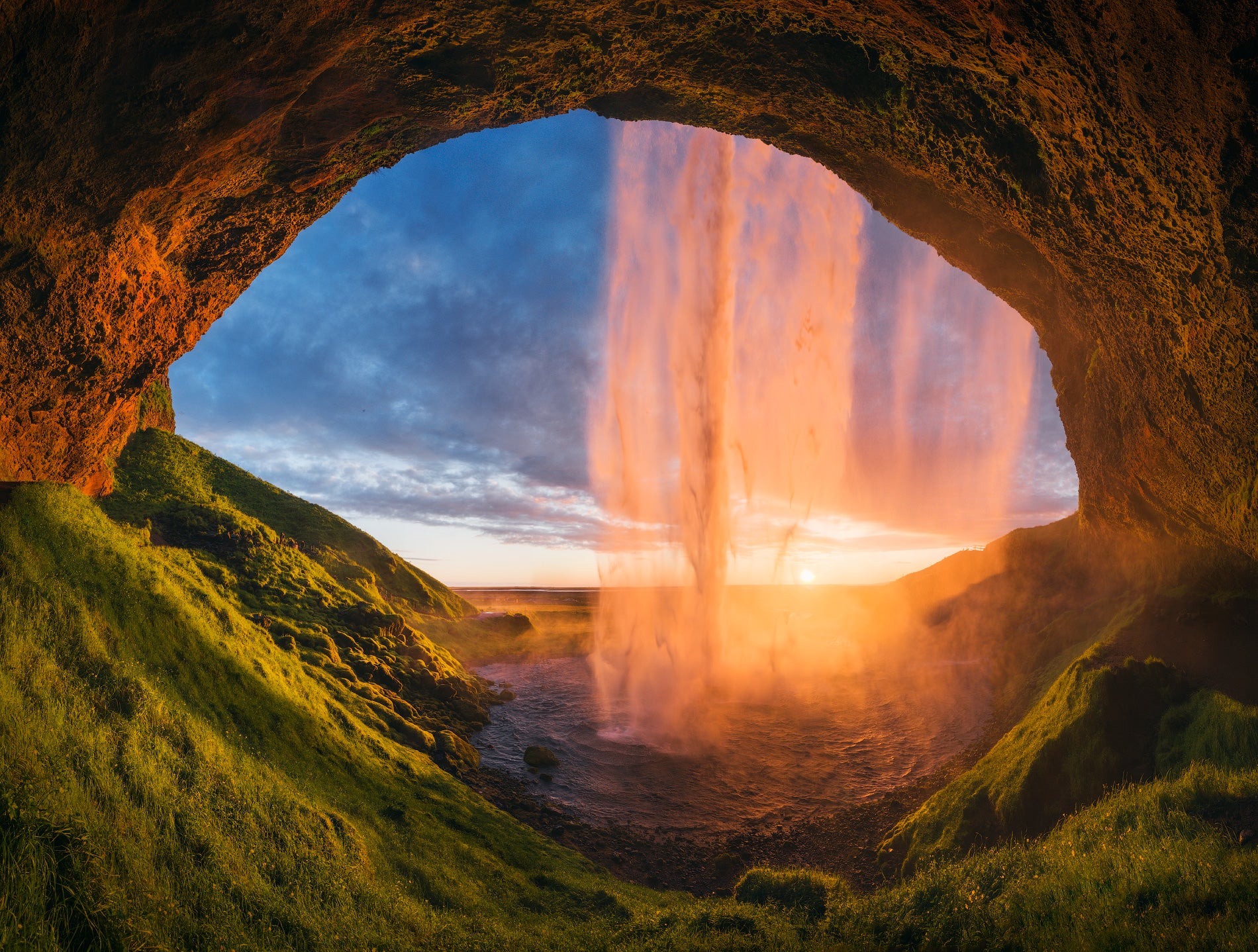The word silence derives from the Latin silentium, meaning to be still, meditative and at rest. In an ever-changing, turbulent world, the importance of silence has never been greater, nor less understood.
- Secure your spot on this 10 Day Slow-Paced Summer Self-Drive
- Explore Iceland's natural winter wonders on this 4-Day Winter Self Drive Tour
- Looking for something more adventurous? Then see 3 in 1 Bundle Discount Activity Tours
Within the realms of silence, we as a human species have an innate ability to perceive reality as it truly is; to meditate and illuminate our awareness; to listen to the space between sounds, the delicate orchestration of the wind, the rivers, our own thoughts; to connect to the land and the universe and ourselves in ways that, in daily life, are often concealed to us — at the very least, revealed as only of trifling importance.
Why You Can Trust Our Content
Guide to Iceland is the most trusted travel platform in Iceland, helping millions of visitors each year. All our content is written and reviewed by local experts who are deeply familiar with Iceland. You can count on us for accurate, up-to-date, and trustworthy travel advice.
Iceland is one such place where it is easy to surrender yourself to a true state of peace and quiet; lacking in built-up urban centres, the landscape of the country is open, untouched and awe-inspiring, an overabundance of fresh nature that lends itself to unstirring, intimate appreciation.
“In Brekkukot, words were too precious to use — because they meant something; our conversation was like pristine money before inflation; the experience was too profound to be capable of expression; only the bluebottle was free.”
• Halldór Laxness
Opportunities to experience tranquillity are over the crest of every hill, within every fjord, beside each trickling creek or groaning glacier. More often than not, one is simply struck into silence through a sheer and resounding astonishment.
This is something Icelanders know all too well, having over centuries nurtured a stoic disillusionment with unnecessary noise, be it external sounds or the compulsive, inner-verbalising of our own thoughts; it is, intrinsically, a part of the national character; perhaps, one of the many reasons why more traditionally-minded Icelanders fail to acknowledge small talk with any sense of obligation.
- See also: Yoga in Iceland
As is written in the Saga of Grettir, “No one is a total fool if they can be silent,”; this is the overarching thought process here, balanced beautifully with the wisdom that such silence brings.
The language of silence — the artistic expression and respect for quietude itself — is something the Icelanders are incredibly fluent in. It is a country famous for its prolific publishing of artists, poets, novelists and playwrights; the silence and space of Iceland’s nature, arguably, acting as the primary catalyst in their willingness to create.
Both Sómi þjóðar’s play “A Thousand Years of Silence” and singer-songwriter's Ásgeir Trausti’s second album “In the Silence” are both premiere examples of this, as are the ambient, ethereal sound gardens of Iceland’s most well-known musical export, Sigur Rós.
-
See also: Sigur Rós | 18 Seconds Before Sunrise
As an outsider to this country, it’s paradoxical that I, a sceptic in many respects, can feel that reflective, tangible energy whilst also feeling some newfound desire in myself to better understand and harness it.
For those out there who too not only long for an enjoyable, escapist holiday to Iceland but also a break from the incessant hustle-bustle chitter-chatter of the world, I have compiled a list of the Top 7 places in Iceland where the natural energy helps one to happily slip into a state of contemplation and reflection. I have chosen a number of spots ranging from ancient and natural energy centres to urban hideaways perfect for the eager-to-work student.
1. Snaefellsjokull Glacier, Snaefellsnes Peninsula
“I was thus steeped in the marvellous ecstasy which all high summits develop in the mind; and now without giddiness, for I was beginning to be accustomed to these sublime aspects of nature. My dazzled eyes were bathed in the bright flood of the solar rays. I was forgetting where and who I was, to live the life of elves and sylphs, the fanciful creation of Scandinavian superstitions. I felt intoxicated…”
— Journey to the Center of the Earth, Chapter XVI
On a clear day, along the shorefront of Reykjavík's Sæbraut (Ocean Avenue), if one looks out far across the lapping waves of Faxaflói Bay they will witness the glimmering white pinnacle of Snæfellsjökull, resting at the very tip of the Snæfellsnes Peninsula.
Summiting at 1446m, this glacier and active volcano has for centuries been considered one of the Earth’s seven energy centres, a point of cosmic power emanating a rich and mysterious command over the inhabitants of the Snaefellsnes region.
Merely travelling to the glacier is a peculiarly transcendent experience in itself. The feature’s sheer size, rising nearly 5000 above sea level, is strangely illusory upon approach; nearly three hours from Reykjavík, it forever seems closer than it appears; only at its base can you truly comprehend the enormity and staggering potential the volcano still holds.
Having recently travelled to the peninsula myself, I can state categorically that the region is aesthetically sublime; craggy volcanic rocks, ancestors to the lava flows that once seared the landscape, are now blanketed with luminous green moss.
Deep craters and hollowed out calderas sculpt a panorama surrounded by the rolling white horses of the North Atlantic. And all the while, Snæfellsjökull itself towers overall before it; a steep, emboldening mountain, tipped with a sharp and frosty crown, demanding the respect that is non-translatable into words.
2. National and University Library of Iceland, Reykjavik
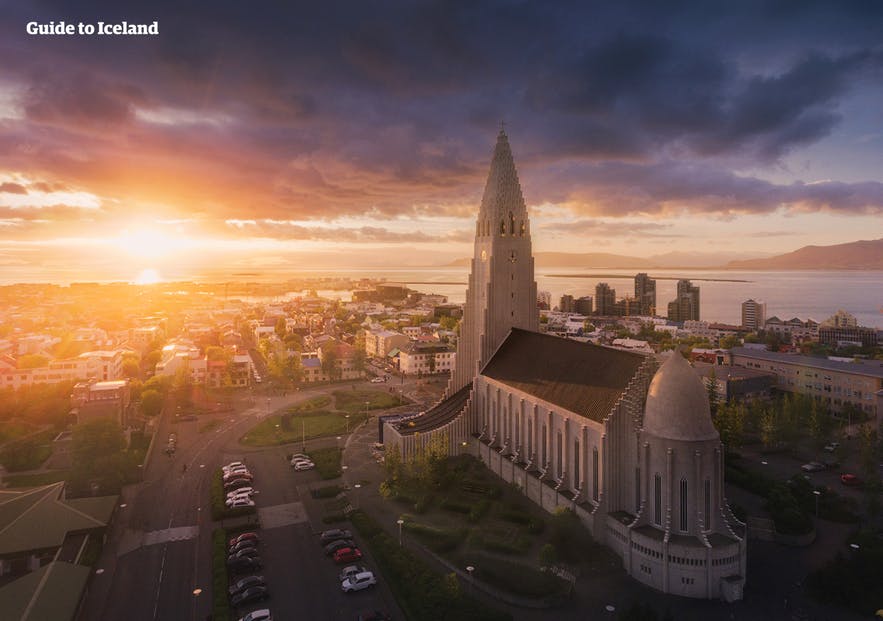
The National and University Library of Iceland opened its door in 1994, merging the former national library, Landsbókasafn Íslands (est. 1818), and the University Library (est. 1940). Here, visitors will find an enormous wealth of books, magazines, videos and other source documents, as well as ample space to study, concentrate and find some hush.
Boasting over a million items in their collection, the NULI is the largest library in Iceland by far; not only does it hold almost every published work by Icelandic authors, but it also stores an enormous collection of works simply relating to the country. The library is public access; as their motto proudly reads, “access to knowledge for everyone.”
- See also: Icelandic Literature for Beginners
The library also holds some of the earliest examples of Icelandic writing, the oldest dating back to 1100. Every month, library faculty pick out a single treasure from their collection to exhibit; in the past, this has included Guðbrandsbiblía, the first Icelandic translation of the Bible, a 1615 account of Spanish sailors wrecking their ship on the Icelandic coastline and the 17th Century manuscript "On the Diverse Natures of Iceland" by Jón Guðmundsson (1574-1658) the Learned.

One could take this quest for soundlessness to entirely new dimensions at the library, reading the words of the great writers who knew of what we bashfully speak of all too well; “You must learn to exist with no religion, no country, no allies. You must learn to live alone in silence.” - William S. Burroughs. “Silence is a source of Great Strength.” - Lao Tzu. “After silence, that which comes nearest to expressing the inexpressible is music.” - Aldous Huxley...
The library is instantly recognisable; a large, 14,000 square foot red and black building just near the main campus of the University of Iceland and the National Museum.
3. Jokulsarlon Glacier Lagoon, South Coast
Without a doubt, Jökulsárlón Glacier Lagoon is both one of the most beautiful and tranquil spots in the whole of Iceland, boasting incredible views of Vatnajökull glacier and the cruising icebergs that drop from it into the lagoon itself. Many have taken to calling the lagoon "The Crown Jewel of Iceland", and it's easy to see why.
If you are planning to journey to the lagoon from Reykjavik, expect a rich plethora of sights along the way, including the cascading waterfalls Seljalandsfoss and Skógafoss, and the black sand beach Reynisfjara, only a short amble from the village of Vik. You will also pass through the jet black desert, Maelifellssandur, sporting excellent views of the emerging Skaftafell Nature Reserve.
Jökulsárlón lagoon itself, however, is by no means short of enticement, nor is short of surreal, breathtaking experience. Groups of seals happily play amidst the bobbing icebergs whilst Arctic tern swoop overhead, sometimes dive-bombing visitors who trample to close to their nesting grounds. If you fancy getting an up close look at the icebergs themselves, you can always hop on to one of the lagoon's boat tours, the only safe method of getting within touching distance.
Over recent decades, scientists have noted how the lagoon is increasing in size whilst the adjacent glacier recedes, a clear symptom of the dangers posed by climate change. The sheer, natural magnificence of the lagoon is all the persuasion necessary to understand the importance of combatting global warming, not just for the sake of Iceland's environment, but for our planet and our responsibility toward it.
- See also: Iceland's Troubled Environment
A short walk from the lagoon itself, one will find Diamond Beach, named after the icebergs that float out from the lagoon towards the ocean. At many times, this area is as beautiful as the lagoon itself, with icebergs stretching out along the bay toward the horizon.
4. Hornstrandir Nature Reserve, The Westfjords
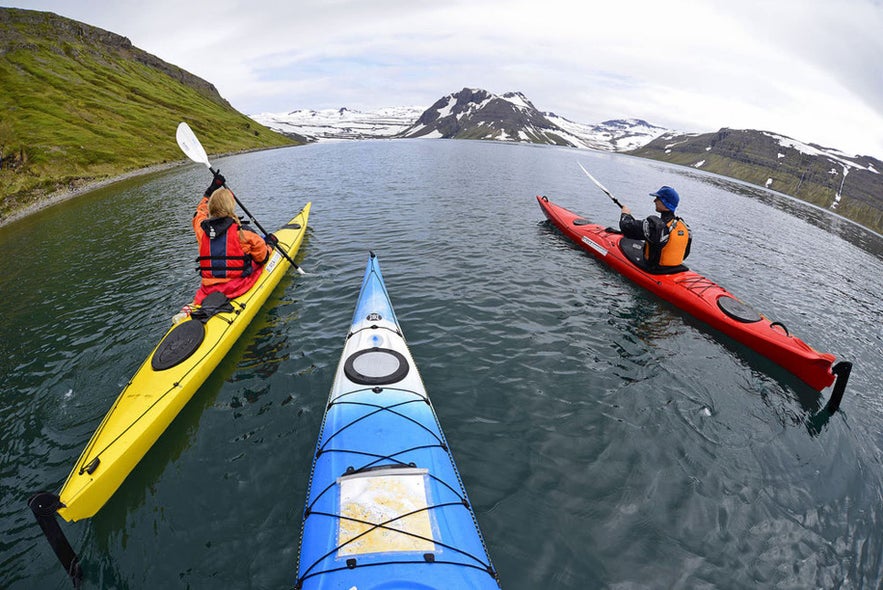 Photo from Paddle in the Wild 6 Day Kayak Tour of Hornstrandir Nature Reserve with Transfer from Isafjordur
Photo from Paddle in the Wild 6 Day Kayak Tour of Hornstrandir Nature Reserve with Transfer from Isafjordur
On the northern pinnacle of The Westfjords, one will find the stunning Hornstrandir Nature Reserve, perhaps the most isolated and untouched location in the whole country. There are, after all, no roads slicing through the landscape, nor any permanent residents who might, in part, corrupt the area’s natural balance. The area is only accessible during the summer months.
Hornstrandir Nature Reserve is famous for its eclectic wildlife; Arctic Foxes, Puffins and other birdlife all call this region home. Though perhaps a little noisy for this article, the bird cliffs at Hornvík is one of the region’s greatest attractions, second only perhaps to the strong sense of remoteness; hikers can walk this area for days without spotting another human soul.
- See also: Wildlife and Animals in Iceland
Hornstrandir was inhabited until the mid-20th Century when the region's hardy population abandoned their farmsteads and traditions to start a new life in Reykjavik. Hikers can still spot abandoned turf houses, a stark reminder of the transient nature of people's attachment to the land.
Despite the difficulties in actually getting to Hornstrandir, it is possible for the intrepid traveller. For those with rental vehicles, the best possible route is driving from Reykjavik to Ísafjörður, where you will then board a ferry across to the nature reserve.
Make sure to check the schedules before embarking on this journey — Hornstrandir is one region in Iceland where you don't want to get to stranded.
5. Silfra Fissure, Thingvellir National Park
 Photo from 3 in 1 Bundled Discount Activity Tours with Volcano Exploration, Snorkeling & Glacier Hiking
Photo from 3 in 1 Bundled Discount Activity Tours with Volcano Exploration, Snorkeling & Glacier Hiking
One of the great benefits of both scuba diving and snorkelling is the sense of silent detachment from ‘the surface world’. In that vein, many professional drivers are, to some extent, prison escapees, fleeing the stressful patterns of everyday employment to instead dedicate their lives to that quiet and mystic subterranean world found beneath the waves.
It is a path to mindfulness and keeping to the present moment; an integral element of any serious stress relief.
Silfra Fissure, found in Iceland’s Þingvellir National Park, offers a very different kind of peace and silence to the above-mentioned locations. If you are a disciplined and experienced diver, the challenges that go hand-in-hand with Silfra — the drysuit, the water temperature, the heavy equipment, etc. — hurriedly diminish in the wake of descending into the fissure for the first time.
Having said that, if you’re not overly experienced or confident, you’ll likely find Silfra to be quite the opposite; in fact, that fissure has seen more than its fair share of panicking, amateur frogmen.
- See also: Diving and Snorkelling in Iceland
Still, that does nothing to diminish the pleasure one can find at Silfra given the right expertise. The silence of that hauntingly beautiful blue canyon is only interrupted by the steady flow of bubbles and the rhythmic, insular sound of the divers’ own breath.
6. Leiðarendi Cave, Southwest Iceland
Leiðarendi Cave is found within the Tvíbollahraun lava field, roughly twenty-five minutes drive from Reykjavik. A long and winding 900m lava tube, this cave is notable for its cragged rock formations, depth of colour and winter ice sculptures, making it a perfect example of Iceland’s many cave networks.
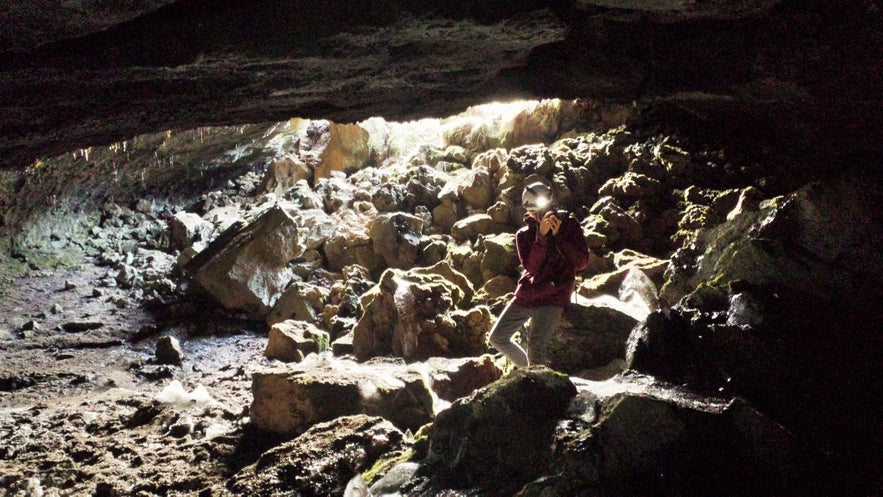 Photo from Leidarendi Lava Tube | Cave Adventure from Reykjavik
Photo from Leidarendi Lava Tube | Cave Adventure from Reykjavik
The name Leiðarendi means “The End of the Road” in reference to the skeletal remains of sheep found at the tunnel’s end. Discovered twenty years ago, the skeleton is a stark reminder of the importance of light in this strange, subterranean world.
Historically, caves in Iceland were utilised as shelter by those banished to a life of outlawry; the networks were deep enough to protect against the harsh arctic climate, keep stored goods and avoid detection from those who wished upon them harm. Still, the lack of light and amenities made life unbelievably difficult.
When everyone is settled, your guide will direct the group to switch off their headlamps and torches. Immediately bathed in all-encompassing darkness, the only sounds to break through is the drip drip drip of trickling water. Your guide will allow you to bask for a while in this natural, sensory deprivation chamber, before attempting to spook you with ghost stories and tales of historical banditry.
7. Askja Volcano & Drekagil, Dyngjufjöll Mountains
The central highlands of Iceland are often left unexplored by visitors — after all, the region is only accessible a few months of the year and often requires special vehicles and equipment, leaving it isolated and untouched; the perfect location to find inner serenity.
The highlands hold some of the most incredible and visceral locations in the country, namely the now dormant but visually stunning volcano Askja and the nearby feature, Drekagil canyon.

Drekagil otherwise referred to as 'Dragon's Gully,' is a dark and narrow canyon located in the south of Odadahraun lava field. The canyon's name refers to the fantastical geological formations spread out along the rock face, putting one in mind of the magic and visionary landscapes made famous by J.R.R Tolkien or George R.R. Martin.
Drekagil is found in the eastern region of the famous Dyngjufjöll Mountains, the same resting place as Askja Volcano. Given the terrain, mountain roads and river crossings, a 4x4 vehicle is necessary to get to Drekagil, with many travel operators even advising a modified 4x4 for the journey.
 Photo from Fantastic 12 Hour Super Jeep Tour to Askja Caldera & Holuhraun Lava Field with Transfer from Myvatn
Photo from Fantastic 12 Hour Super Jeep Tour to Askja Caldera & Holuhraun Lava Field with Transfer from Myvatn
Askja Volcano is a must-stop if you're visiting the region; at the caldera's summit, one can find the geothermal crater lake, Víti. From this spot, you are privy to fantastic sweeping views over the surrounding area; the fjord and the Dyngjufjöll range.
Askja has not always been such a peaceful spot, however. The volcano was undiscovered until an eruption in 1875; the poisonous ash emitted from it killed livestock and set off a wave of emigration from the country.
The last eruption was in 1961 (as seen in the above footage,) though scientists have recently measured an increasing level of volcanic activity beneath the earth's surface. Granted, a surprise eruption might ruin the tranquillity you're looking for, but I'd hazard a guess that, on most days, Askja Volcano is one of the best spots for appreciating Iceland's majestic wilderness.
Final Thoughts
Wherever exactly you choose to visit on your holiday, it is guaranteed that Iceland will present plenty of opportunities for quietude and solace. In fact, it is often impossible to escape; unlike most other countries, the population here is so minute that you are often left alone by default; traffic-less roads, silent cafes, open city parks — in many respects, Iceland is a country dedicated to the individual, regardless of the original intent.
On the other end of the spectrum, however, the capital city offers a loud, colourful and exciting nightlife, a spiritual balance to the overarching sense of self that comes with leaving Reykjavik's suburbs. Going out on the town also presents the opportunity for a solitary walk back home through the city; Reykjavik's streets are quintessential and gorgeous, be they illuminated by moonlight, northern lights or the midnight sun.

